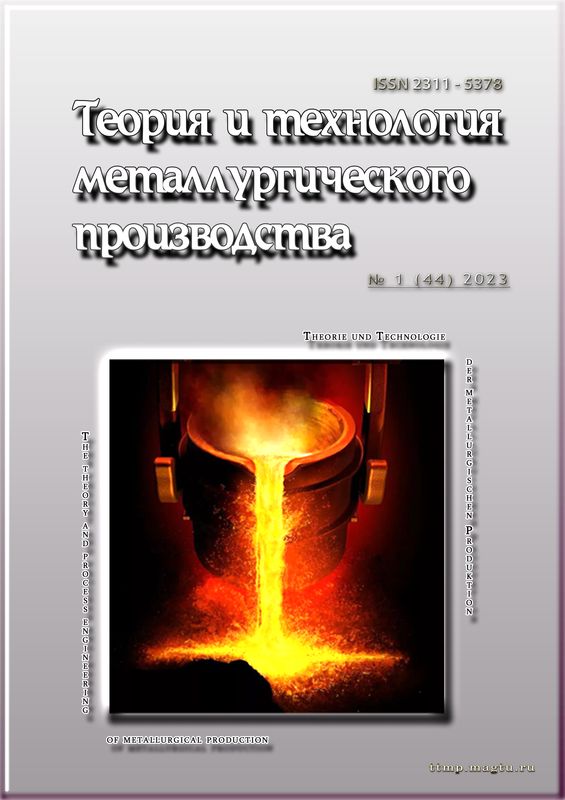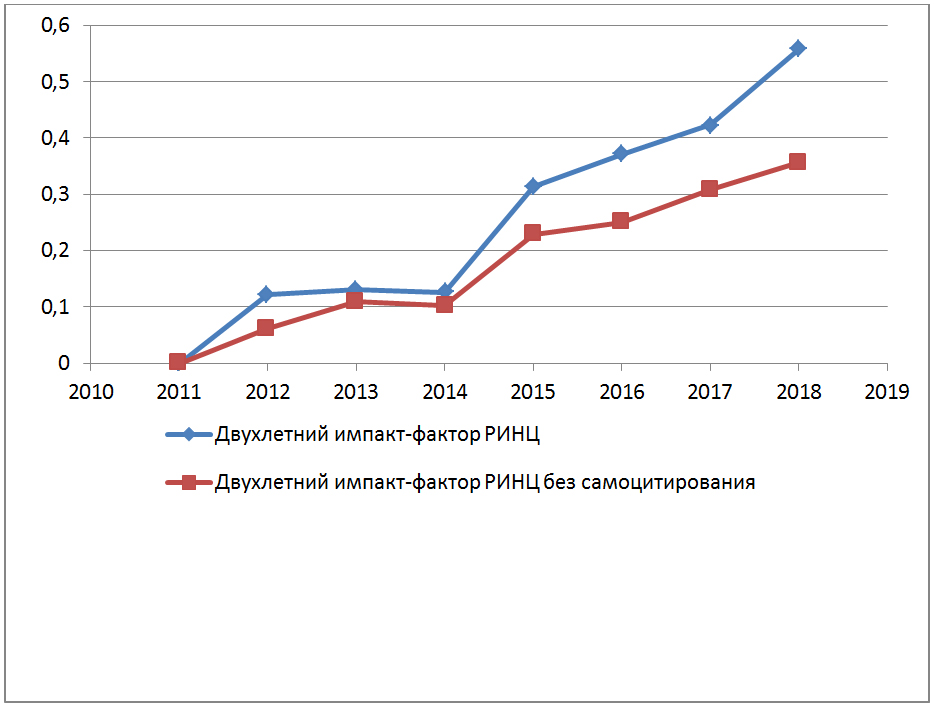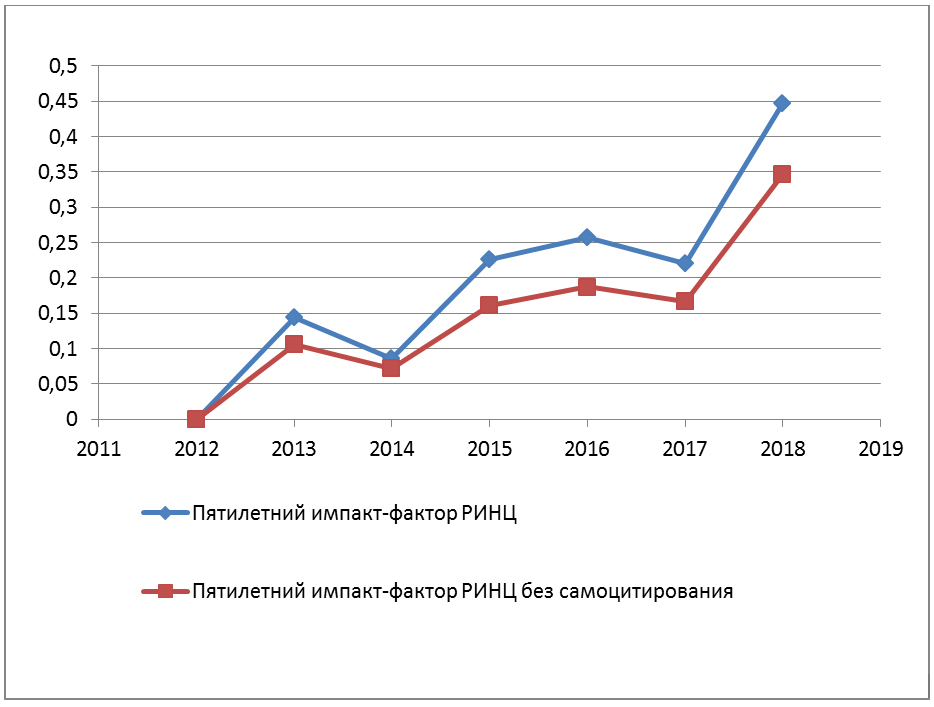Abstract
Publications on the use of sandoil mixtures date back to the forties of the XX century. The presence of a large amount of vegetable oils, as a binding component in core mixtures, introduces some confusion when choosing them for use in production. Sunflower, linseed oil and related products of processing of various vegetable oils are used to a greater extent in the foundry. Oil binders make it possible to obtain highquality rods with high gas permeability, plasticity, knockability, are nonhygroscopic and can be stored for a long time without changing their characteristics. The gasproducing capacity of the rods is small, because the amount of binder is relatively small and ranges from 1,5 to 3%. Their availability, prevalence and cheapness allows you to pay attention to them once again. At the same time, with the listed advantages of sandoil mixtures, they have their drawbacks: low strength in the raw state, thereby introducing the need for the use of driers in the technology of obtaining rods; mandatory drying of these rods, which takes place at a temperature of 200÷230°C with a duration of 1÷4 hours, which increases the technological time for the manufacture of the rod; compliance with the exact technology drying rods: at a lower temperature, the drying time increases, and at a higher temperature, the oil is charred, leading to the loss of the necessary strength. Currently, interest in vegetable fats as environmentally friendly binders for foundry production is growing again. The purpose of this work is to revive undeservedly forgotten sandoil binders with the possibility of a percentage reduction in their core mixture, and their percentage reduction in the composition of mixtures will lead to the abolition or reduction of the above disadvantages.
Keywords:
sandoil mixture, fluidized bed, fluidization rate, vegetable oil, strength.





